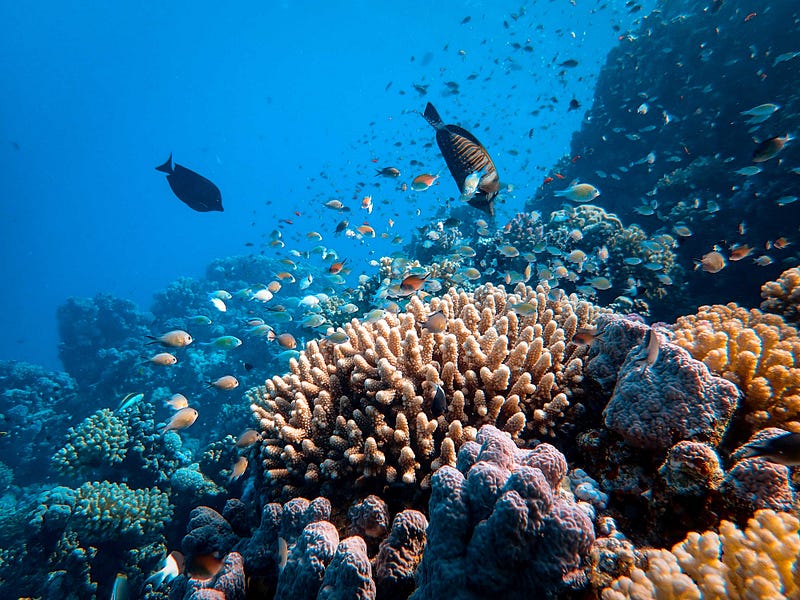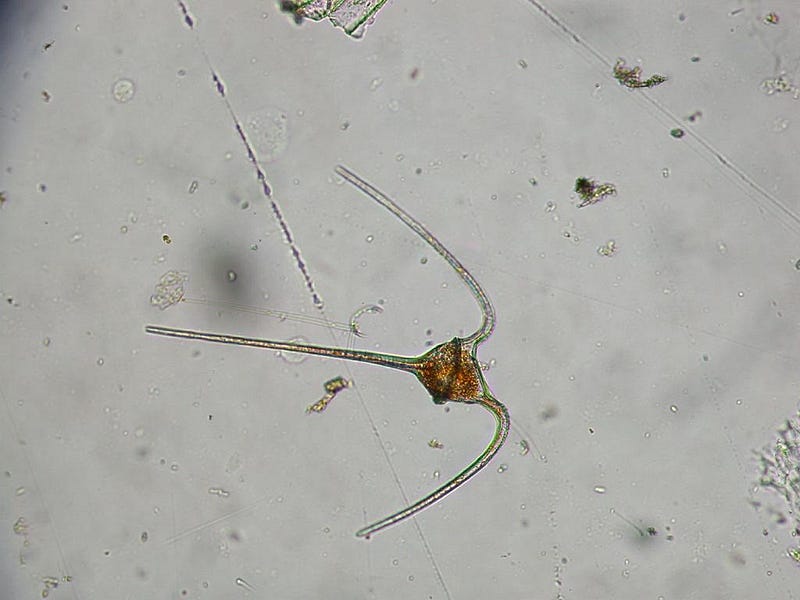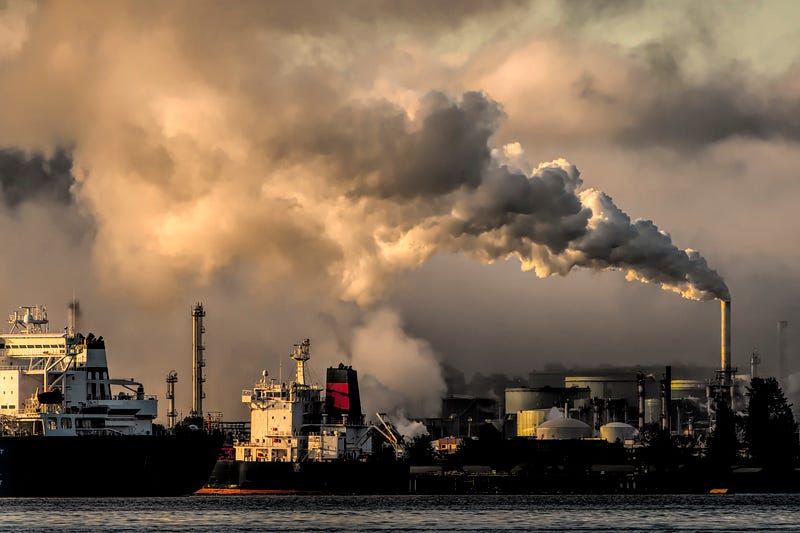The Microscopic Marvel That May Combat Climate Change
Written on
Chapter 1: Understanding Carbon Dynamics in Oceans
The battle against climate change is becoming increasingly urgent. Even if we were to halt all carbon emissions today, the repercussions would still lead to severe environmental turmoil. To truly address this crisis, we must work toward reversing the damage done over the years. One of the most daunting challenges we face is the task of capturing and securely storing billions of tons of carbon from the atmosphere. However, recent research has spotlighted a remarkable organism discovered in Australian waters that appears to tackle this issue with minimal negative effects. Could this be the key to saving our planet?
Before diving into the specifics of this extraordinary organism, it’s crucial to grasp how carbon circulates and is sequestered in marine ecosystems, as well as the limitations of simply amplifying these processes.
The Earth's oceans are responsible for absorbing approximately 30% of carbon emissions. While this statistic may seem impressive, it can have dire consequences. As carbon dioxide penetrates the water, it reacts to form carbonic acid, which increases the acidity of the oceans. This poses a grave threat to marine life that relies on shells or similar structures, as they are at risk of being eroded away. If the trend of ocean acidification persists, we could witness a near-total collapse of marine ecosystems.

Coral reefs, shellfish, and specific plankton species struggle to endure the rising acidity levels of the ocean.
Additionally, algae and plankton—single-celled organisms that harness photosynthesis for energy—populate the sunlit layers of the ocean. They utilize carbon dioxide to grow while releasing oxygen, akin to terrestrial plants. However, when these organisms die, they sink into deeper waters with low oxygen levels, where their decomposition is incomplete, resulting in a buildup of carbon-rich deposits on the ocean floor. This process effectively sequesters carbon, storing it beneath the waves.
Many scientists propose that enhancing the nutrient levels in surface waters could significantly boost algae and plankton populations, thus capturing substantial amounts of carbon. However, this approach presents two major challenges.
First, the stability of deep-sea sediments is not guaranteed. Microbes that thrive in low-oxygen environments can decompose organic matter, releasing methane—a greenhouse gas that is far more potent than carbon dioxide. If we artificially increase the organic matter at the ocean floor, these microbes might proliferate, leading to dangerous methane accumulations trapped beneath sediments, ready to escape.

Secondly, an overabundance of algae and plankton can disrupt marine ecosystems. Certain species may release neurotoxins, resulting in vast oxygen-depleted zones that devastate entire marine communities. Therefore, disrupting the natural balance of these populations is not advisable.
Enter Prorocentrum cf. balticum—a diminutive dinoflagellate that derives energy from both photosynthesis and predatory consumption of other single-celled organisms. Its unique mechanisms allow it to capture and store significant amounts of carbon effectively.

This microorganism operates much like a Venus flytrap, primarily using photosynthesis for energy while supplementing its nutrients through consuming other microbes. Rather than employing a snapping mouth, it utilizes a carbon-rich slime to ensnare its prey.
This slime entraps other microbes, allowing Prorocentrum cf. balticum to pull them closer and digest them for nourishment. However, these slime nets have a limited life span and must periodically be discarded, forming carbon-rich mucospheres that drift to the ocean depths, effectively sequestering carbon.
Unlike traditional algae or plankton, this microbe does not contribute to toxicity in surface waters, and the mucosphere carbon deposits offer greater stability than decomposing organic matter. Its efficiency is remarkable, with a single organism capable of producing multiple mucospheres throughout its lifespan. This makes it an ideal candidate in the fight against climate change.

Could this organism truly mitigate our emissions? According to the scientists who discovered it, their preliminary estimates suggest that these microbes can sequester around 0.15 gigatonnes of carbon annually. For context, global carbon emissions currently hover around 10 gigatonnes per year, meaning we would need to amplify their population significantly to achieve full offset.
The good news is that unlike many other "natural" methods for combating climate change, boosting the population of Prorocentrum cf. balticum may not jeopardize ecosystems. The key challenge will be figuring out how to cultivate and nourish these organisms without triggering the growth of harmful microbes.
So, can Prorocentrum cf. balticum genuinely be a solution to our climate crisis? Although we have only recently identified this organism, it holds promise for an ecologically sustainable and effective method of carbon capture. Researchers are eager to conduct further studies to validate its potential, and if successful, this could lead to revolutionary advancements in our approach to climate change. The pressing question remains: Is it already too late?
Chapter 2: The Potential of Prorocentrum cf. balticum
In the first video, "Tardigrades: The Most Resilient Animals in the Universe," we delve into the fascinating world of these microscopic creatures, exploring their incredible survival mechanisms and potential implications for science and ecology.
The second video, "Tardigrades Just Being Tardigrades - Water Bears Under The Microscope," offers an intimate look at these remarkable organisms under the microscope, showcasing their unique characteristics and resilience in extreme environments.